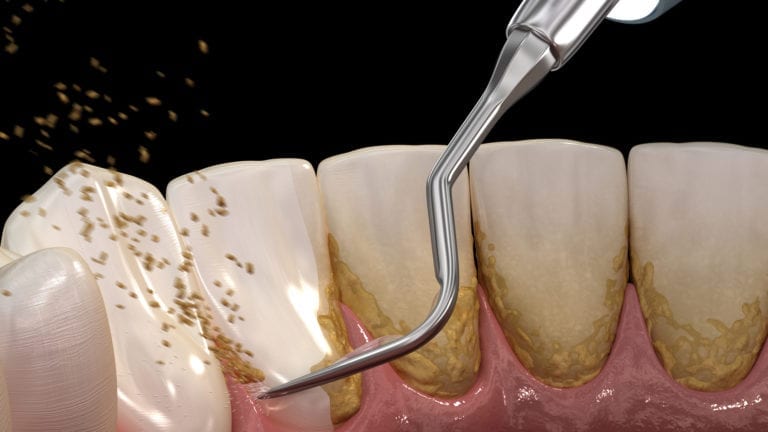

While some mild soreness might linger after the anesthetic wears off, this is completely normal. At Dentist of Long Beach, we administer a local anesthetic that numbs the area around your gums. Depending on how extensive your treatment needs are, we might only clean one or two quadrants during a given appointment and ask you to come in again to treat the other areas.Įven if you have particularly sensitive teeth and/or a more severe case of gum disease, there’s no need to panic. Your mouth will be cleaned one “quadrant” (bottom left, top right etc.) at a time. They’ll also use a special probe that can measure the depths of your gum pockets and determine if you have gingivitis or periodontitis.Īfter the preliminary examination, a local anesthetic will be applied to your gums to make sure you won’t feel any pain during the scaling process. What Should I Expect at a Deep Teeth Cleaning?īefore the procedure begins, your dentist will examine your teeth and review an X-ray that will let them know exactly what’s going on inside your mouth and give them a better idea of what areas require the most focus. Conditions that cause decreased immunity, such as HIV/AIDS and cancer treatment.Certain drugs/medications, especially those whose side effects include causing mouth and/or gum dryness.Inadequate nutrition (e.g., Vitamin C deficiency).Poor oral health (e.g., not brushing and flossing regularly).While everyone’s oral health is different, some of these factors can put you at greater risk for developing periodontal disease:
#Periodontal cleanings professional
While gingivitis is the mildest form of gum disease and can usually be reversed with professional treatment followed by thorough home care, an untreated case can progress into full-blown periodontitis as the spaces between your gums deepen and accumulate more bacteria. The longer tartar stays on your teeth, the more damaging it will be. Tartar forms an environment that allows bacteria to grow unchecked, and these bacteria will release toxins that irritate and inflame the gums in a condition known as gingivitis. Most of the time, it starts with simply plaque buildup, which can harden into tartar if it remains on your teeth without being cleaned off. Periodontal disease, also known as gum disease, is an infection that can cause serious damage to your gums’ soft tissue and immune system as a whole, even potentially leading to tooth and bone loss if left untreated. For a patient with an existing case of gingivitis, we might suggest an initial deep cleaning to establish a baseline of treatment that can then be followed up by regular periodontal cleanings. Routine teeth cleanings are primarily preventative care, while deep teeth cleanings and periodontal maintenance are meant to take care of existing problems with your oral health and stop them from advancing further. What’s the Difference Between Deep Teeth Cleaning and Routine Periodontal Cleaning?
#Periodontal cleanings manual
In the case that tartar can’t be removed through manual scraping, an ultrasonic removal device might be necessary. While the name might sound a little intimidating, it’s essentially just scraping off the tartar. They’re meant to remove tartar from those tricky areas that even those standard teeth cleanings aren’t designed to reach: below the gumline, in the “pockets” surrounding your teeth below the gums, and sometimes even as deep as the teeth’s roots themselves.Īt Dentist of Long Beach, we use a technique called periodontal scaling and root planing (also known as SRP) to remove this tough, harder-to-reach buildup. Deep cleanings are a little different from your routine cleanings.


 0 kommentar(er)
0 kommentar(er)
